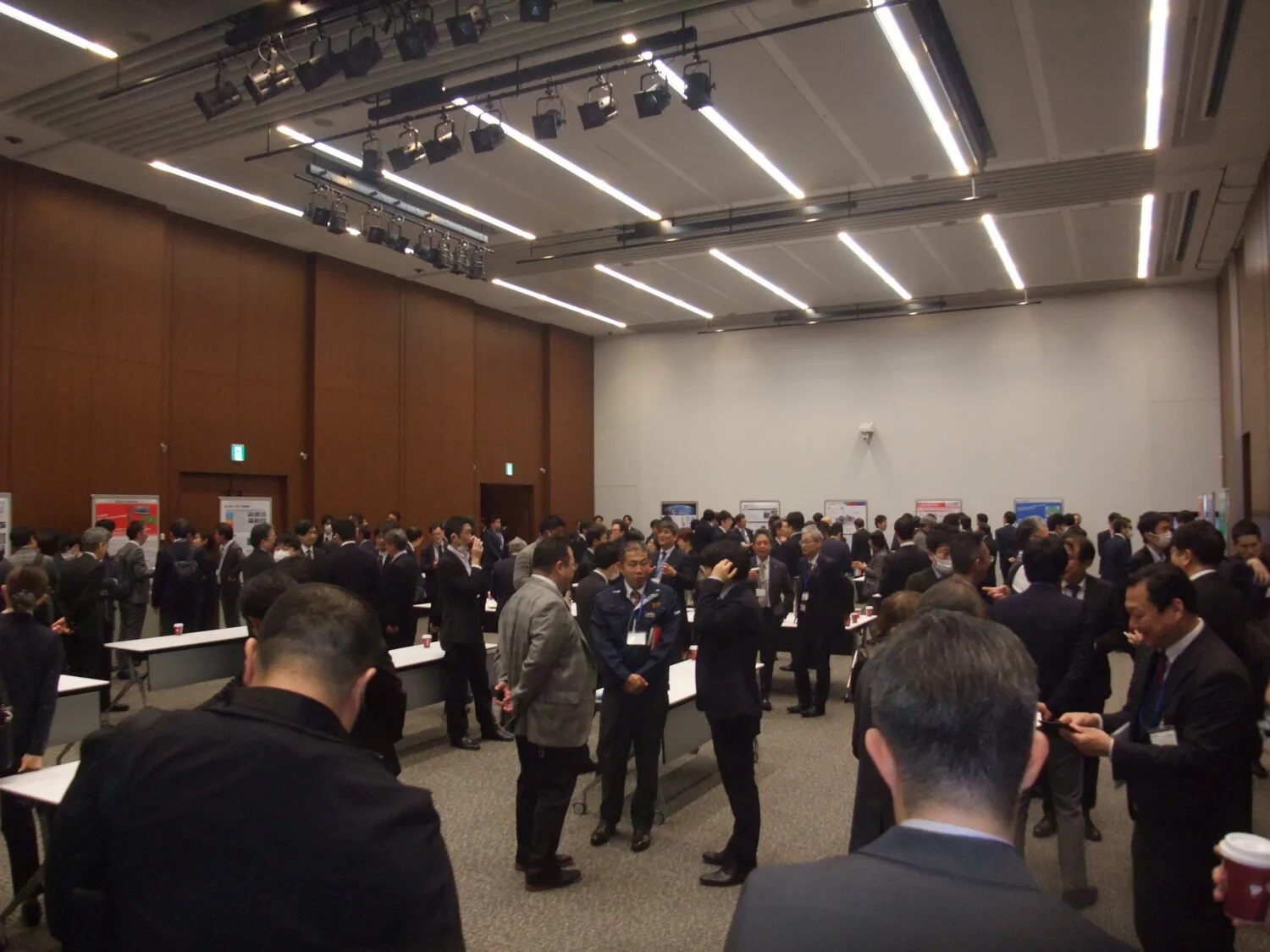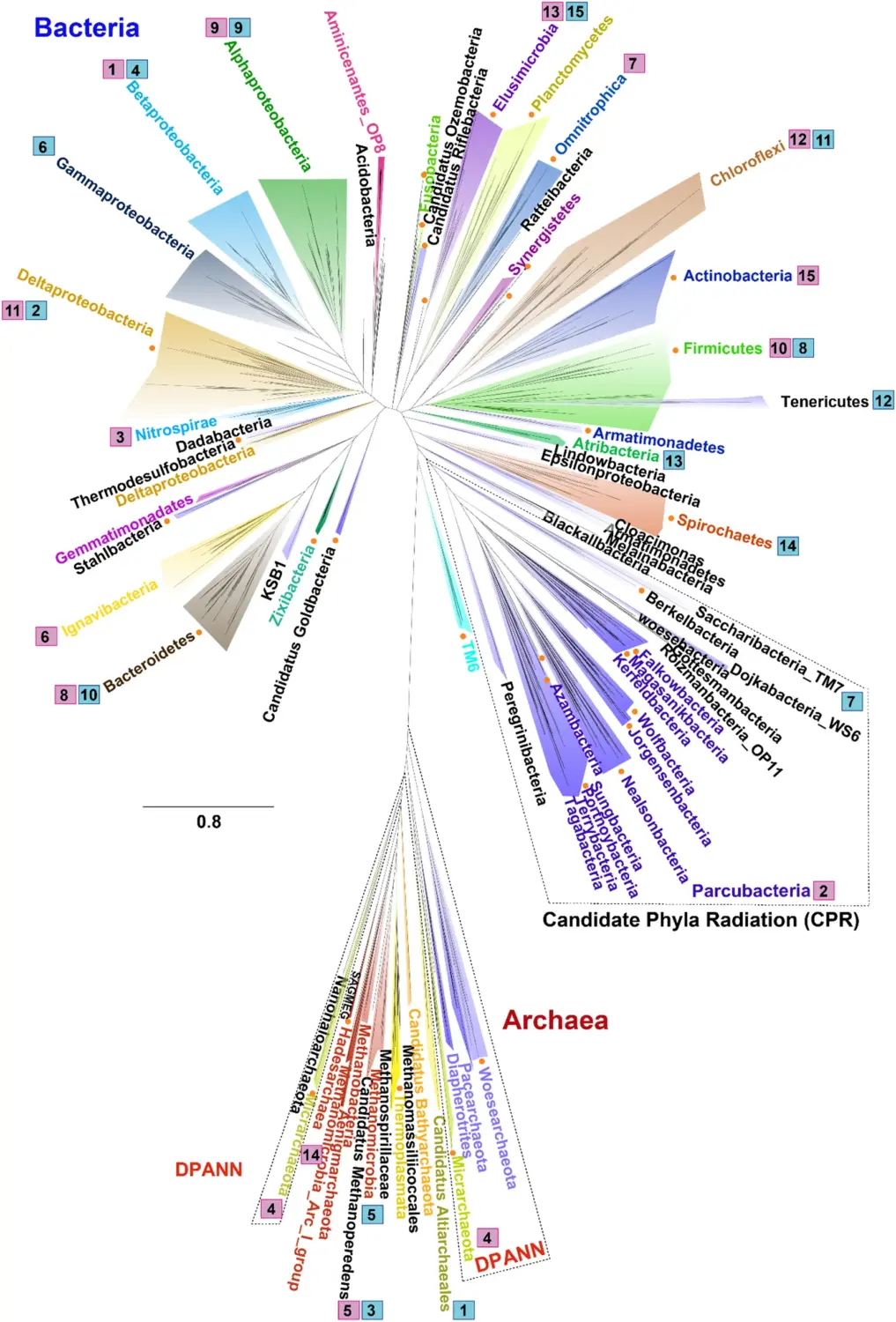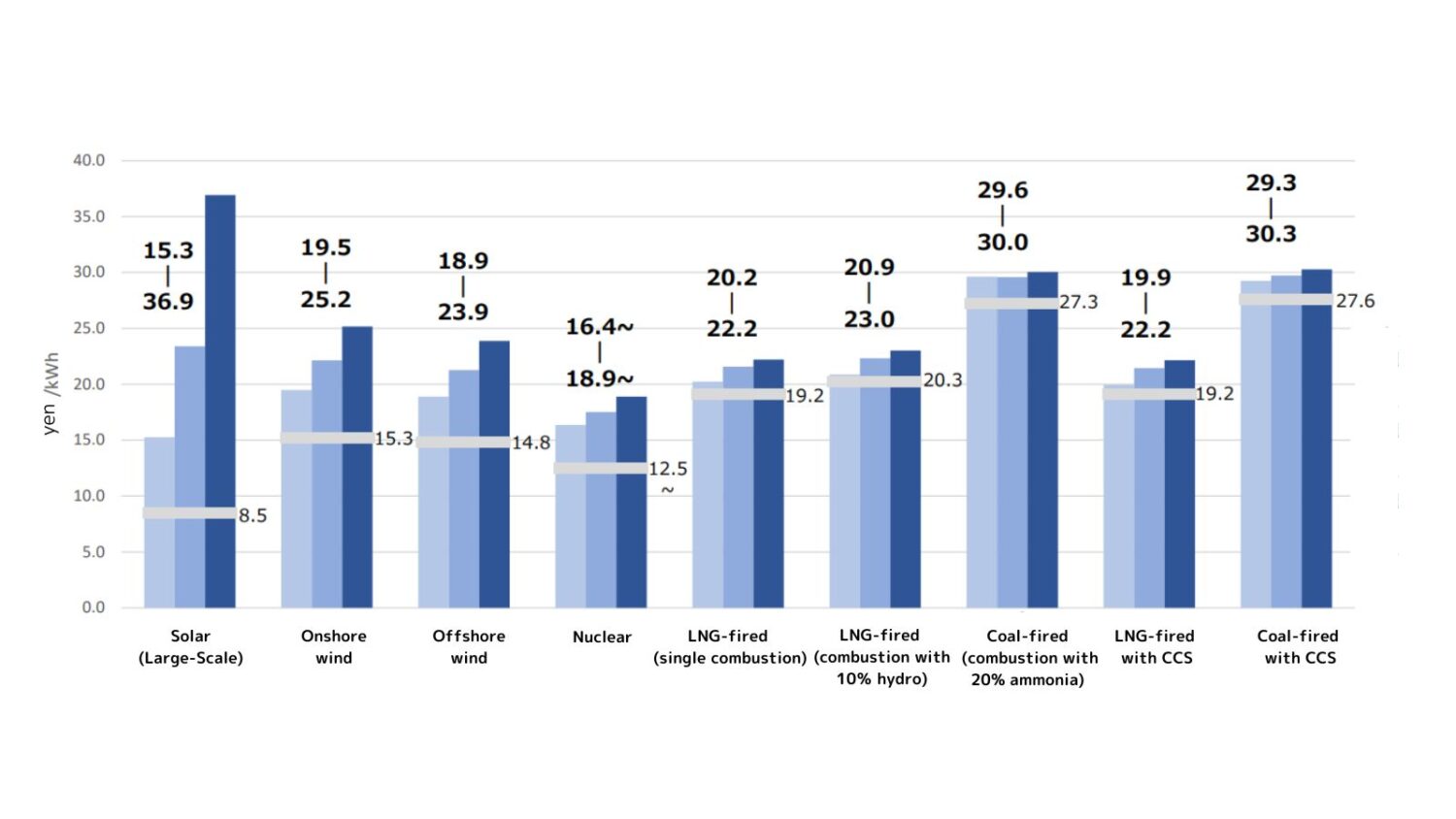The recommendations incorporated in the document, based on several predictions about Japan’s demographic makeup in the future, revolve around six policy pillars:
- A social security system accommodating the needs of all generations
- Environment and energy
- Local economies and communities
- The creation of new value through innovation
- Education, research, and work
- Economic diplomacy
After ISHIBA Shigeru became Japan’s new prime minister on October 1, succeeding KISHIDA Fumio, the national government’s GX (Green Transformation) Implementation Council held a meeting on October 31 at which the members reiterated that they would formulate drafts of three policies by the end of the year: the GX 2040 Vision, the Strategic Energy Plan, and the Plan for Measures against Climate Change. Tokura’s FUTURE DESIGN 2040 report appears intended to influence and contribute to discussions about those policies.
In his introduction to the report, Tokura quotes Keidanren’s Honorary Chairman IMAI Takashi[1] Former chairman of Japan Atomic Industrial Forum (JAIF), who said, “Keidanren must think of the entire nation and advance a fair argument.”
At the aforementioned October 31 meeting, Tokura described his state of mind when drawing up this proposal, as this is the third and final year in his term (which began in June 2021). Thinking about how Japan may change by the year 2040, he first cited two constraints affecting the country: (1) its declining birthrate, aging population, and depopulation, and (2) the reality of Japan’s existence as an island nation lacking in natural resources.
He then said that the six policy pillars mentioned above were intended to form a linked and intertwined “nesting system.” Representing Japan’s industrial world as Keidanren’s chairman, he said that everyone involved—not just the government but all stakeholders, including corporations—must “work together for the sake of the pillars’ overall optimization.” He then presented data explaining the basis of each of the report’s pillars.
For example, he said that the report’s pillar of “environment and energy” was intended to aim at the following: (1) advancing GX and related policies, (2) contributing to the realization of global carbon neutrality, and (3) providing energy and resources in a stable manner at internationally equivalent prices.
The Keidanren chairman asked the government to play a role in maximizing the use of decarbonizing power sources, such as renewable energies and nuclear power, based on the principle of “S+3E” (safety plus the 3 E’s of energy security, economic efficiency, and environmental protection). As for nuclear energy, he particularly called upon the national government to take the lead in promoting those activities.
His proposal, in consideration of the national Strategic Energy Plan, also discusses the increase in Japan’s electricity demand stemming from the growth of data centers. Saying that Japan’s electricity demand would likely increase from its current level of between 1,000TWh and 1,100TWh to between 1,350TWh and 1,500TWh by 2050, Tokura pointed to the strong need for the country to develop measures guaranteeing the stable supply of electricity.
Meanwhile, Tokura urged Japan’s industrial circles to strive to achieve carbon neutrality in various ways: specifically, not just by developing decarbonizing power sources further but also by recycling materials, thoroughly implementing energy conservation measures, and reforming production processes.
As for nuclear energy and efforts to seek the best energy mix, he advocated for:
- Accelerating the restart of existing nuclear power plants, based on safety and local understanding
- Completing the nuclear fuel cycle and ensuring a final disposal site for high-level radioactive waste (HLW)
- Swiftly realizing the government’s policy to construct advanced light water reactors (LWRs)
- Swiftly commercializing fast reactors (FRs) and high-temperature gas-cooled reactors (HTGRs)
- Accelerating the development of nuclear fusion
In addition, in relation to both the comprehensive economic measures recently approved by the Japanese Cabinet and a social-security system that would accommodate the needs of all generations, Tokura presented a test calculation—made by the Population Strategy Council, chaired by MIMURA Akio[2]Current chairman of JAIF—showing that Japan’s total population of Japan would continue to decline and eventually reach 63 million, or around half the current level, by the year 2100.
He then talked about the role that corporations and businesses should play, saying that they needed to continue developing an environment in which diverse segments of society could participate as workers, by reforming the ways that people work and supporting a better work-life balance.
References


-1.png)

















